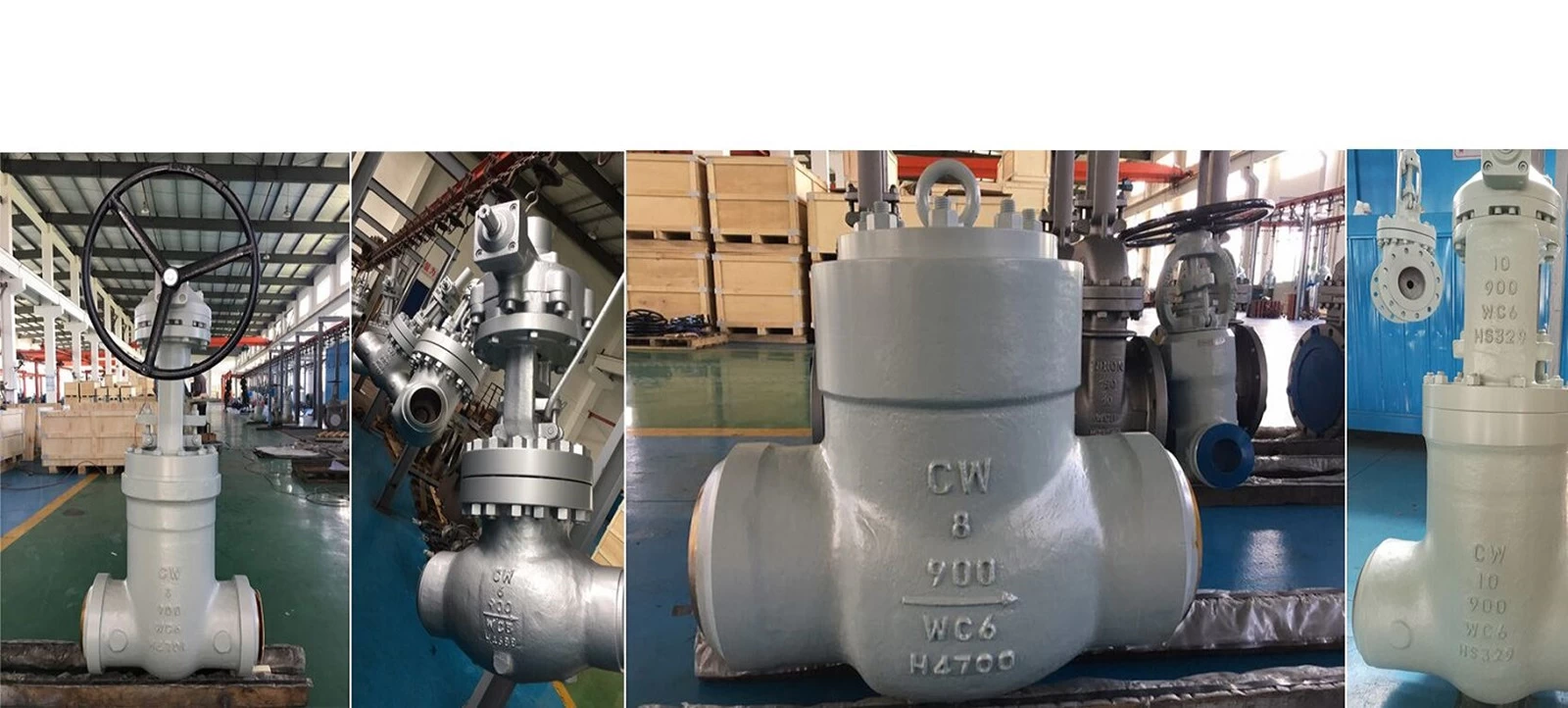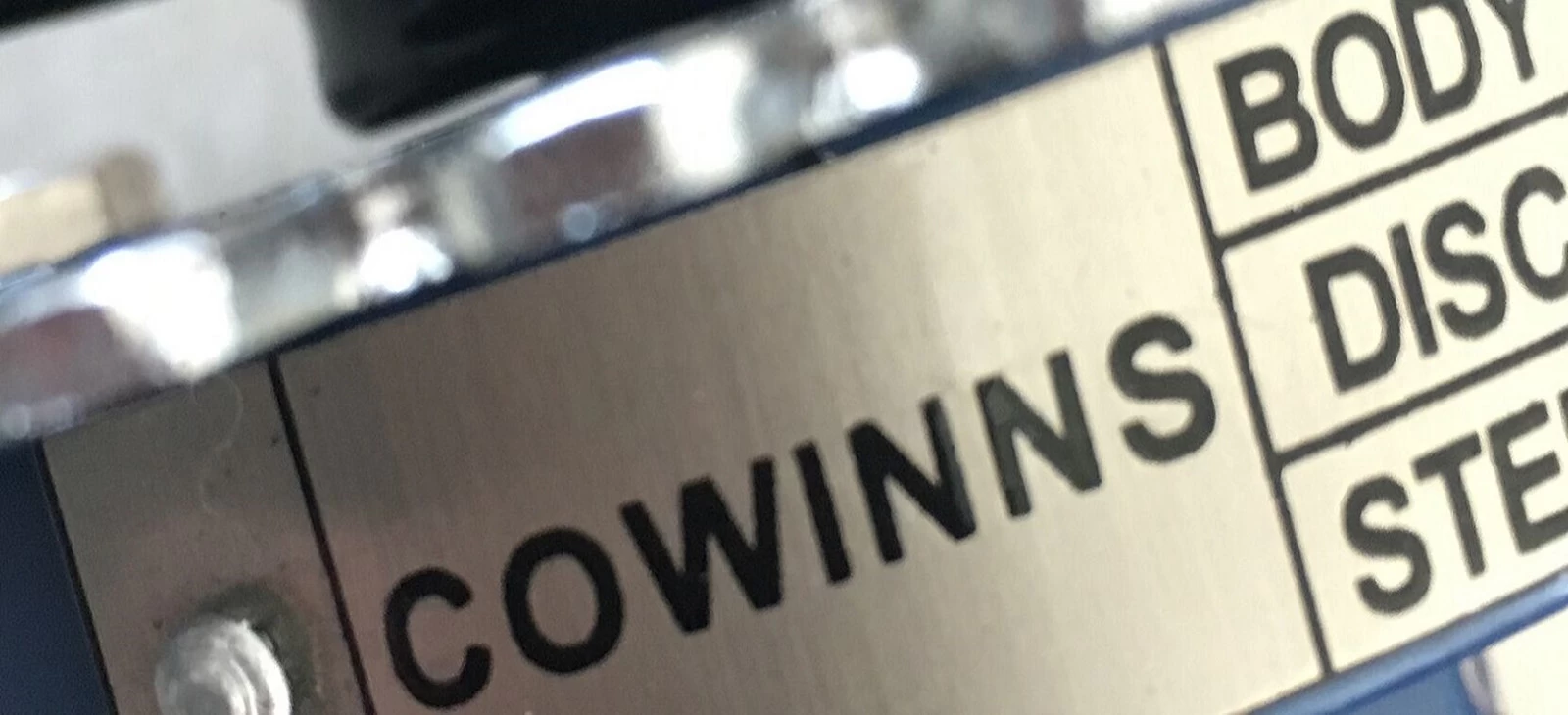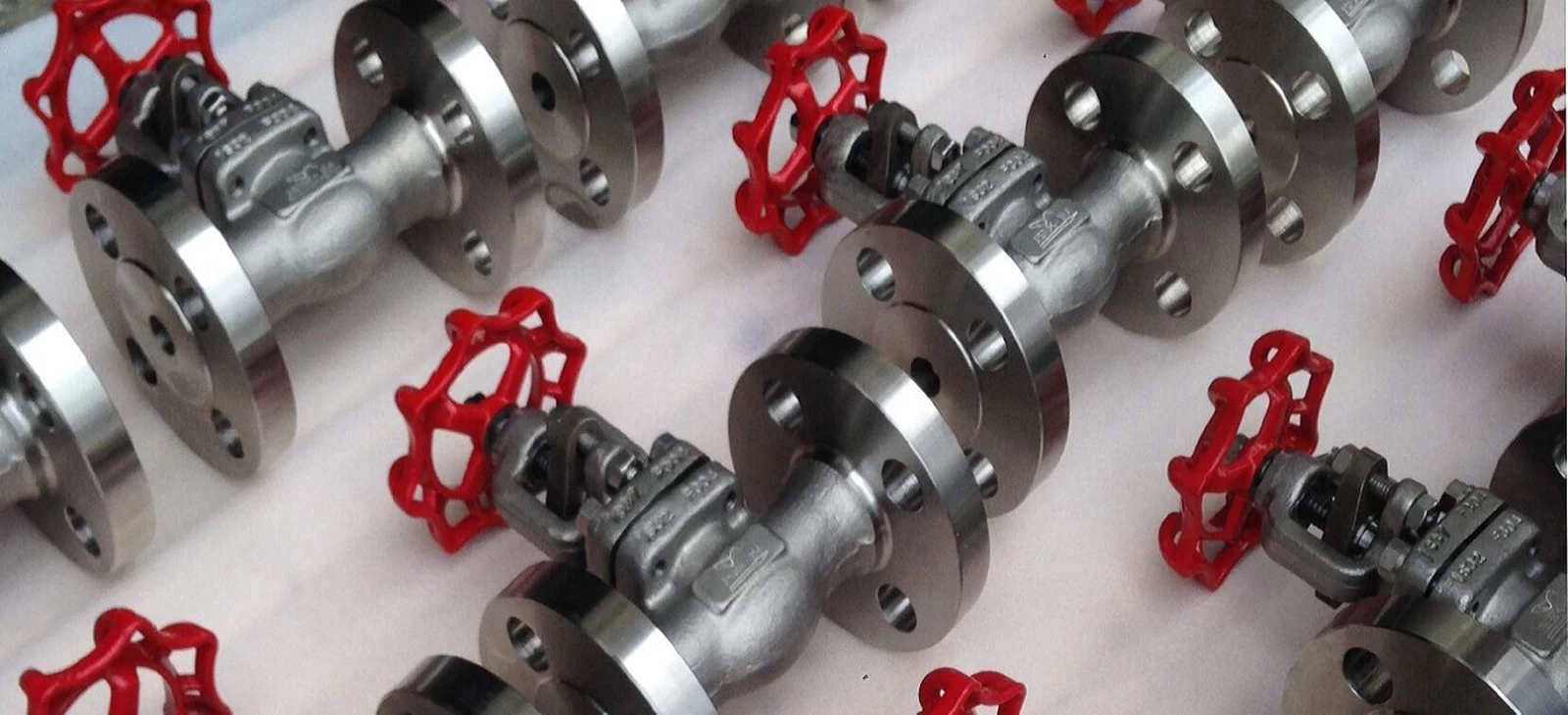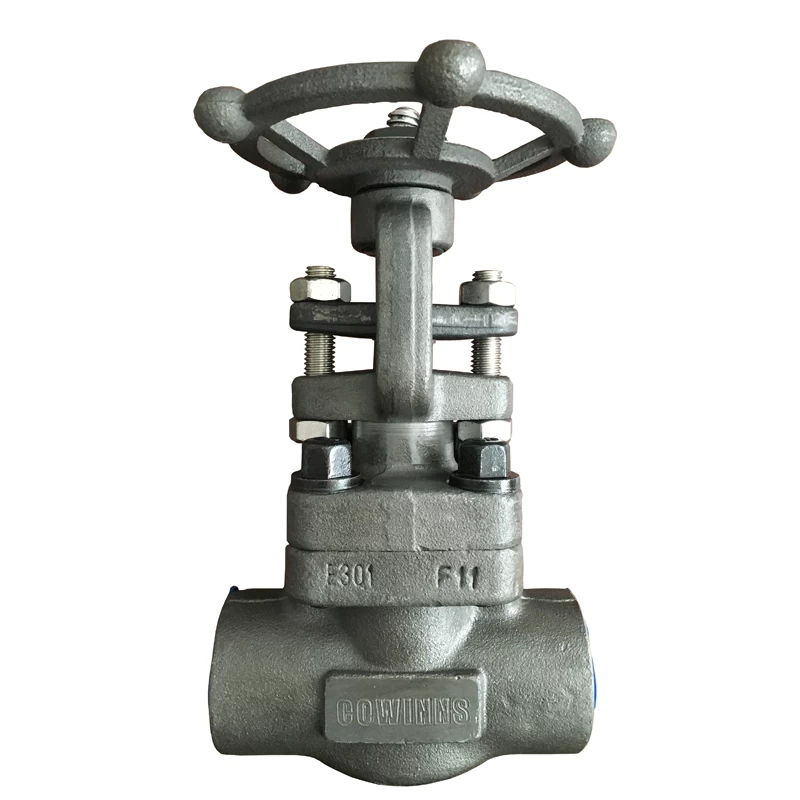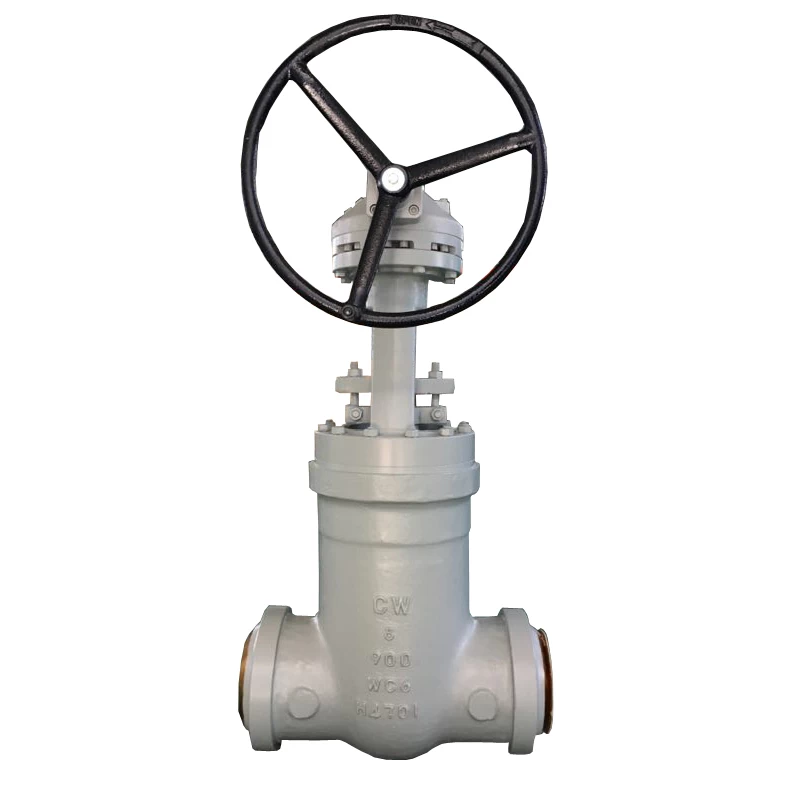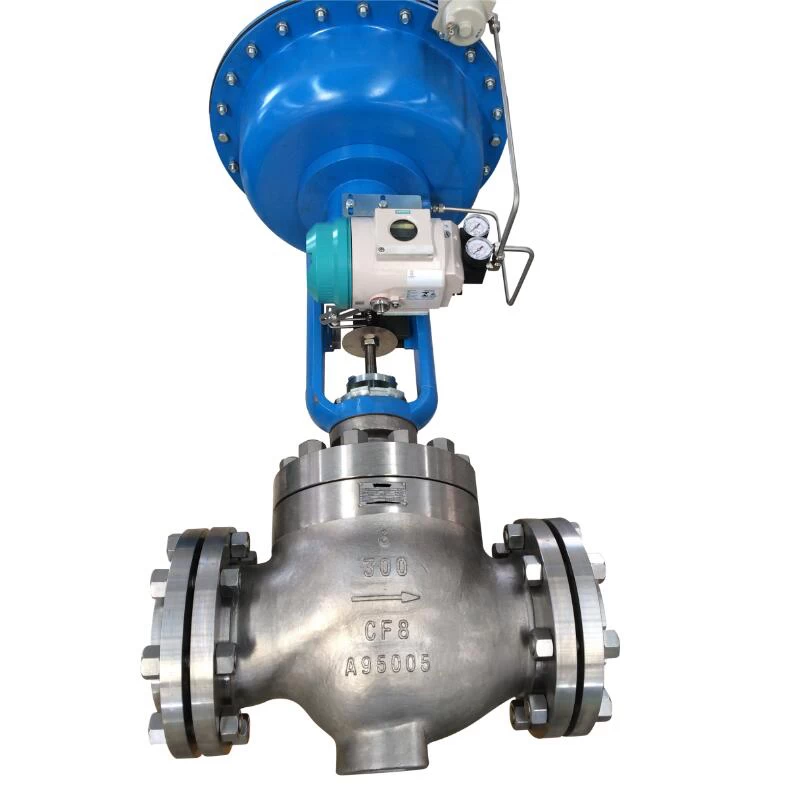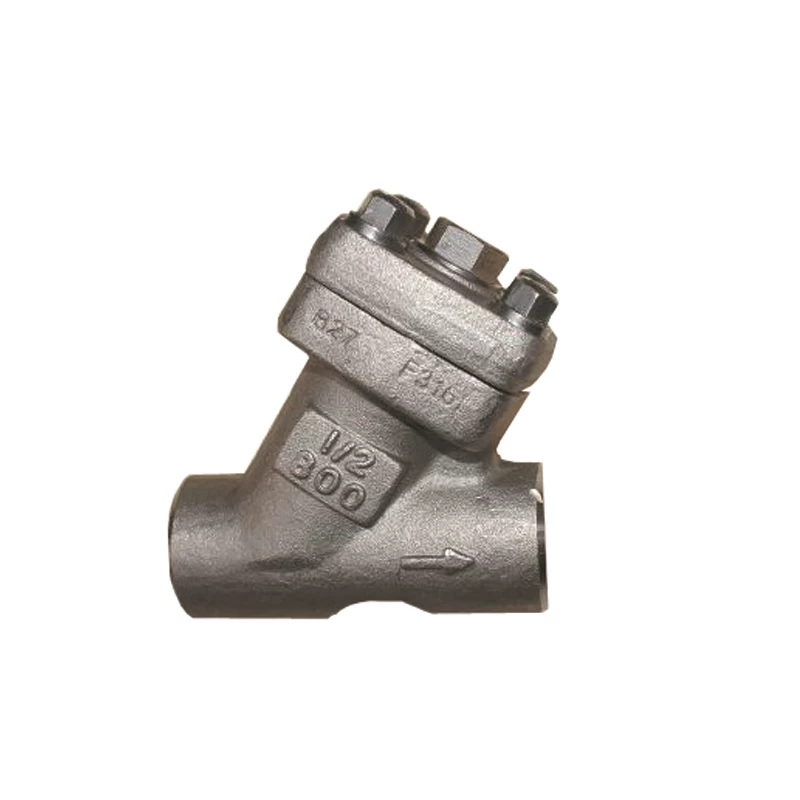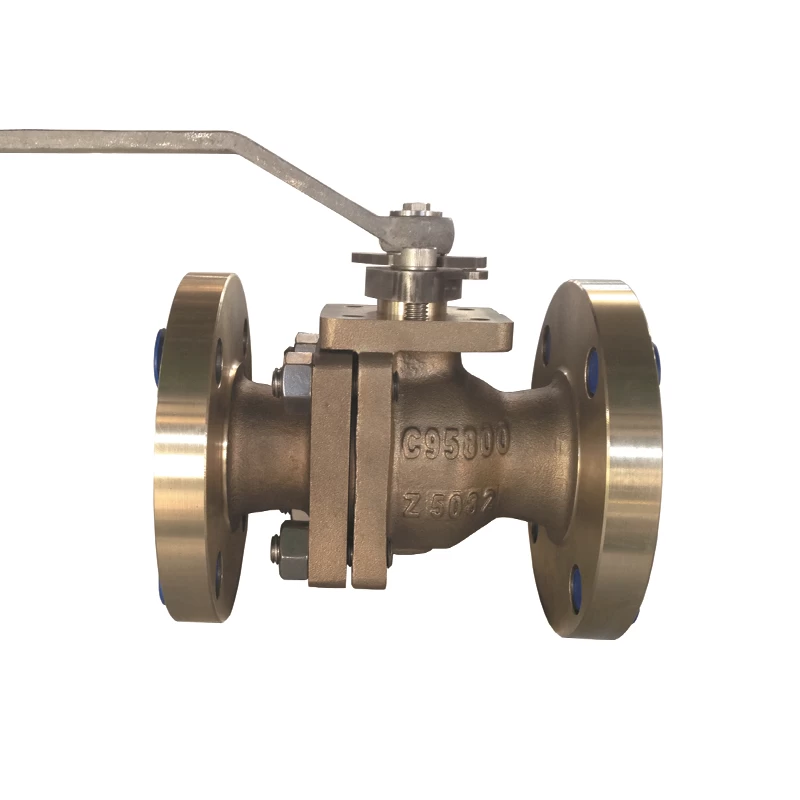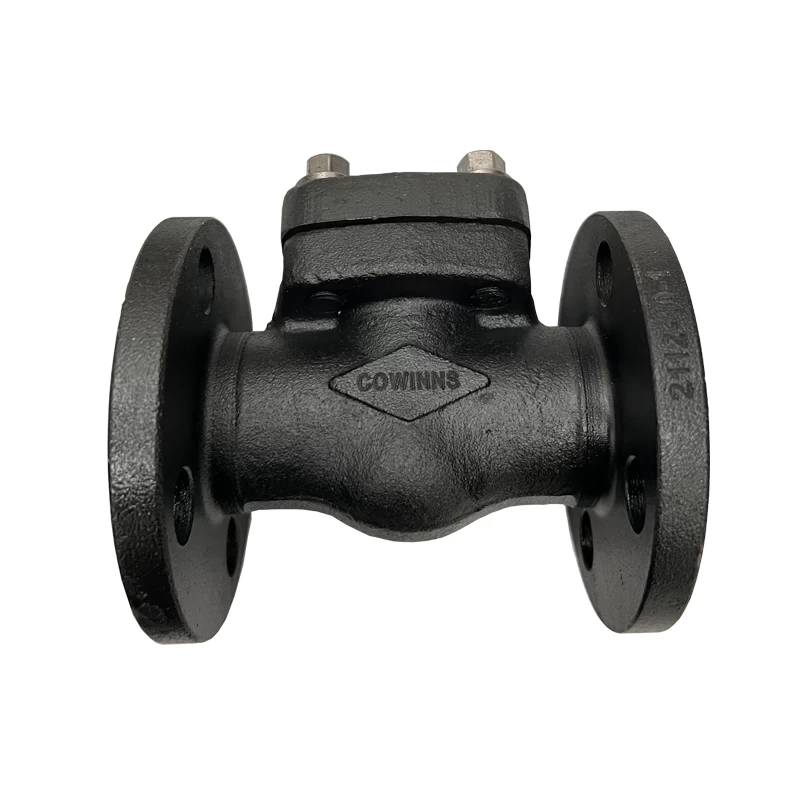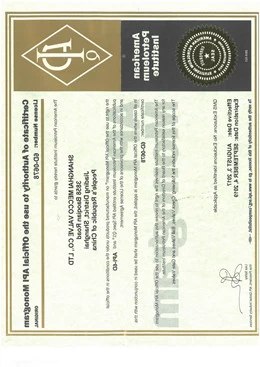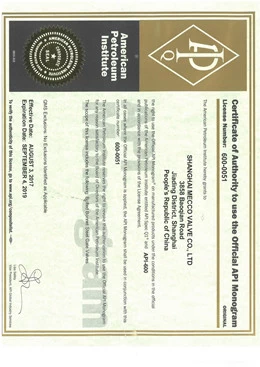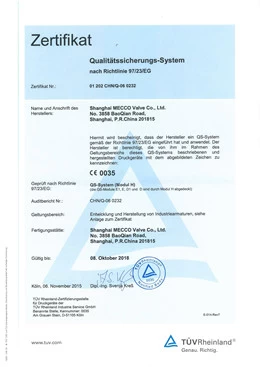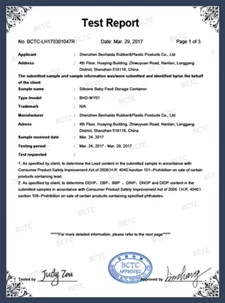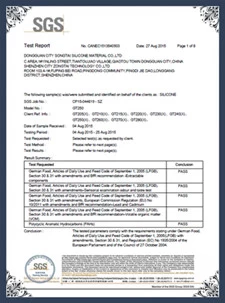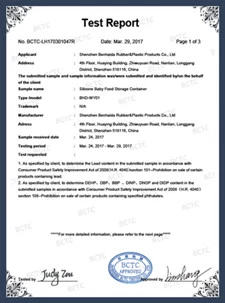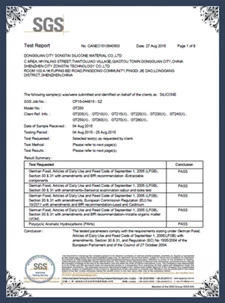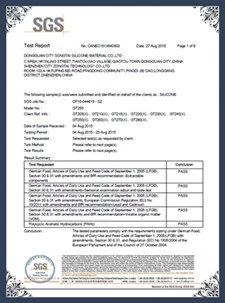Valves and piping connection types
1. Flange connection
Flange connection is the flange at both ends of the valve body, corresponding to the flange on the pipeline, and the flange is installed in the pipeline by bolting. Flange connection is the most used connection form in valves. Flange has convex surface (RF), flat surface (FF), convex and concave surface (MF) and so on. According to the shape of the joint surface, it can be divided into the following types:
(1) Smooth type: used for valves with low pressure. It is more
convenient to process;
(2) Concave-convex type: high working pressure, medium hard gaskets can
be used;
(3) Tenon groove type: gaskets with large plastic deformation can be
used, which are widely used in corrosive media and have good sealing
effect;
(4) Trapezoidal groove type: use an oval metal ring as a gasket, which is
used for valves with working pressure ≥64 kg / cm2, or high temperature valves;
(5) Lens type: the gasket is a lens shape, made of metal. Used
for high-pressure valves with working pressure ≥100 kg / cm2, or high-temperature valves;
(6) O-ring type: This is a relatively new form of flange
connection, which is accompanied by the appearance of various rubber O-rings
And developed, it is more reliable than ordinary flat gaskets in sealing
effect.
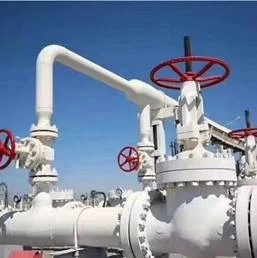
Cowinns high pressure DBB ball valves are designed with RTJ flange end.
2. Wafer connection
The valve is installed between two flanges. The valve body usually has positioning holes to facilitate installation and positioning. The valve and the two ends of the pipe are directly clamped together with bolts.
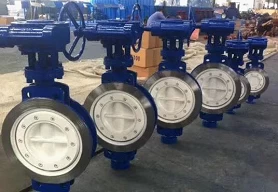
3. Welding connection
(1) Butt-weld connection: Both ends of the valve body are processed into butt-welded
grooves according to the requirements of butt-welding welding, corresponding to
the pipe welding grooves, and fixed on the pipe by welding.
(2) Socket welding connection: Both ends of the valve body are processed
according to socket welding requirements, and connected to the pipeline through
socket welding.
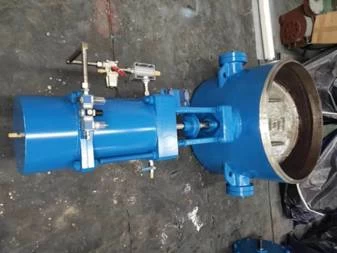
4. Threaded connection
Threaded connection is a simple connection method, often used in small valves. The valve body is processed according to the standard of each thread, and there are two types of internal thread and external thread. Corresponds to the thread on the pipe. There are two cases of screw connection:
(1) Direct sealing: internal and external threads directly seal. In order to ensure that the joints are not leaky, they are often filled with lead oil, hemp, and PTFE raw tape; of which PTFE raw tape is widely used; this material has good corrosion resistance and excellent sealing effect Good, easy to use and store, it can be completely removed when disassembling, because it is a non-sticky film, which is much superior to lead oil and hemp.
(2) Indirect sealing: The force of thread tightening is transferred to the gasket between the two planes, so that the gasket plays a sealing role.
There are five categories of commonly used threads:
1) Metric common thread;
2) British common thread;
3) Thread sealing pipe thread;
4) Non-threaded sealing pipe thread;
5) American standard pipe thread.
The summary is as follows:
①International standards ISO228 / 1, DIN259, internal and external parallel threads, code G or PF (BSP.F);
②German standards ISO7 / 1, DIN2999, BS21, which are tapered external teeth, parallel threads of internal teeth, code-named BSP.P or RP / PS;
③ British standard ISO7 / 1, BS21, internal and external tapered threads, code PT or BSP.Tr or Rc ;
④ American standard ANSI B21, internal and external tapered threads, code NPT G (PF), RP (PS), Rc (PT) tooth angle is 55 °, NPT tooth angle is 60 ° BSP.F, BSP.P and BSP.Tr are collectively called BSP teeth.
The
American standard pipe thread includes five types: general-purpose tapered pipe
thread NPT, pipe joint with straight pipe internal thread NPSC, guide rod
connection with tapered pipe thread NPTR, mechanical connection with straight
pipe thread NPSM (free-fit mechanical connection) and NPSL ( Loose fit
mechanical connection with lock nut). Belongs to non-threaded sealing pipe
thread (N: American National Standard; P: pipe; T: tapered)
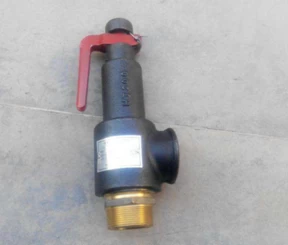
5. Card sleeve connection
The
connection of the ferrule has only been developed in China in recent years. Its
connection and sealing principle is that when the nut is tightened, the ferrule
is pressed, causing its blade to bite into the outer wall of the pipe, and the
outer cone surface of the ferrule is connected to the joint under pressure The
conical surfaces in the body are tightly closed, so leakage can be reliably
prevented. Such as instrument valves. The advantages of this type
of connection are:
(1) Small size, light weight, simple structure and easy disassembly;
(2) Strong connection force, wide use range, can withstand high pressure (1000 kg / cm2), high temperature (650 ℃) and shock vibration;
(3) A variety of materials can be selected, suitable for anti-corrosion;
(4) The processing accuracy is not high;
(5) Facilitate high-altitude installation.
At
present, the ferrule connection form has been adopted in some small-caliber
valve products in China.
6. Clamp connection
This is a quick connection method. It requires only two bolts and is suitable for low-pressure valves that are frequently removed. Such as sanitary valves.
7. Internal self-tightening connection
All of the above connection forms use external force to counteract the pressure of the medium and achieve sealing. The following introduces the use of medium pressure for self-tightening connection. Its sealing ring is installed at the inner cone, at a certain angle to the side facing the medium. The pressure of the medium is transmitted to the inner cone and to the sealing ring. The center line of the valve body is parallel to the outside, and the other is pressed against the inner wall of the valve body. The latter component is the self-tightening force. The greater the medium pressure, the greater the self-tightening force. So this connection form is suitable for high-pressure valves. Compared with flange connection, it saves a lot of materials and manpower, but also requires a certain pre-tensioning force, so that it can be used reliably when the pressure in the valve is not high. Valves made using the principle of self-tightening are generally high-pressure valves. There are many forms of valve connection, for example, some small valves that do not have to be removed are welded to the pipe; some non-metallic valves use socket-type connections and so on. Valve users should be treated according to the specific situation.
Cowinns also design and manufacture SAE end DBB ball valve, this type DBB valves connect with pipeline through SAE end
Note:
(1) Various connection methods must refer to the corresponding standards. It is necessary to clearly understand the standards required by the user to avoid that the selected valve cannot be installed.
(2) Normally, large-diameter pipes and valves are connected by flange type, and small-diameter pipes and valves are connected by screw type.
 +86 512 68781993
+86 512 68781993 
